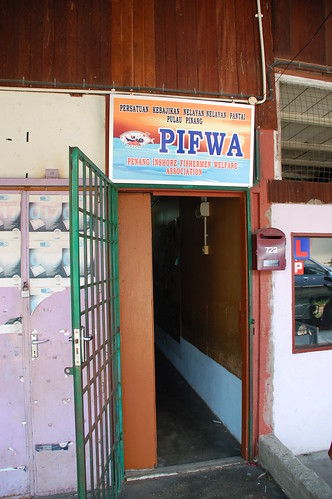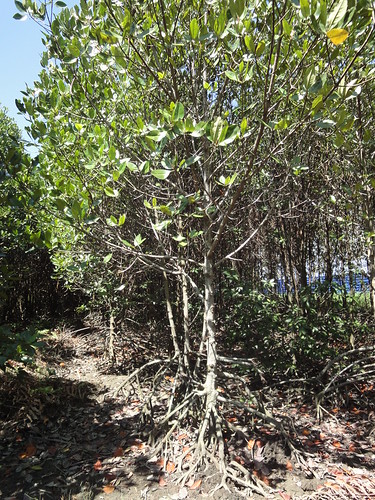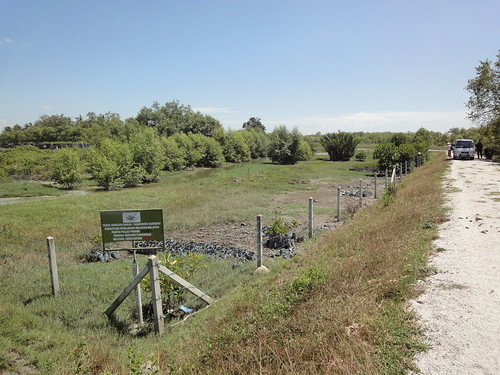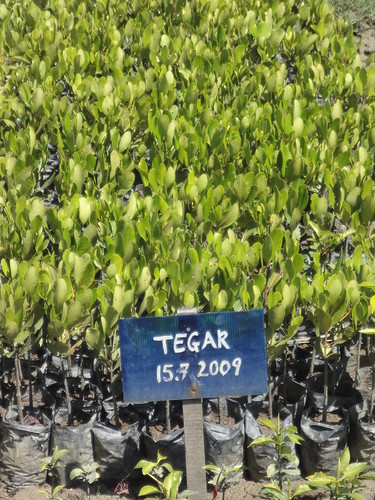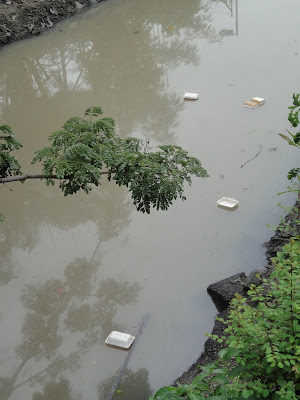by GEOC (
satoyama@geoc.jp)
Last updated 2010-09-18 17:37:08.0
Date & Time: 19 October, 2010, 15:00-18:00
Location: Midland Hall, 5F Midland Square, 4-7-1 Meieki, Nakamura-ku, Nagoya-Shi, Aichi, 450-6205, Japan Access Map »
Language: English and Japanese simultaneous interpretation
*Pre-registration required
Humanity has been blessed with a wide range of benefits from biologically diverse ecosystems including the provision of food, clothing, wood, pharmaceutical products and natural disaster prevention. Global biodiversity, however, is in serious danger due to human activities such as large scale development, the overexploitation of natural resources, the introduction of alien species, and a lack of appropriate maintenance of secondary nature such as Satoyama which needs to be developed and maintained sustainably.
The tenth meeting of the Conference of the Parties to the Convention on Biological Diversity (CBD/COP10) will be held in October, 2010 in Nagoya, Aichi. The Biodiversity Governors' Summit, an international symposium, will be held on 19 October in which governors and vice governors from Aichi, Ishikawa, Hyogo, Shiga and Shizuoka as well as academics and experts, will present their approaches and actions for the conservation of Satoyama and Satoumi and its contribution to the revitalization of local communities. Participants will also discuss how we can activate communities which are influenced by the serious impacts of globalization and aging through the development and cultivation of Satoyama and Satoumi ecosystems.
The results of the Summit will be presented to decision makers, academia, business community, NGOs/NPOs and citizens at a CBD/COP10 side event at Interactive Fair Tent of Japan in Shirotori Park on 20th September.
Registration:
Please register by 13 October. We may stop accepting the registration before 13 October when we reach the seat capacity. To register online, please complete the registration form available at the link below.
Register Online
To register by e-mail, please type your (1) Name, (2) Name of your Organization, (3) Sector of your Organization, (4) your region or Nation, and e-mail to satoyama@geoc.jp .
Download:
You can download the poster in pdf format from the link below.
Biodiversity Governors' Summit Poster (PDF 2.0MB)
